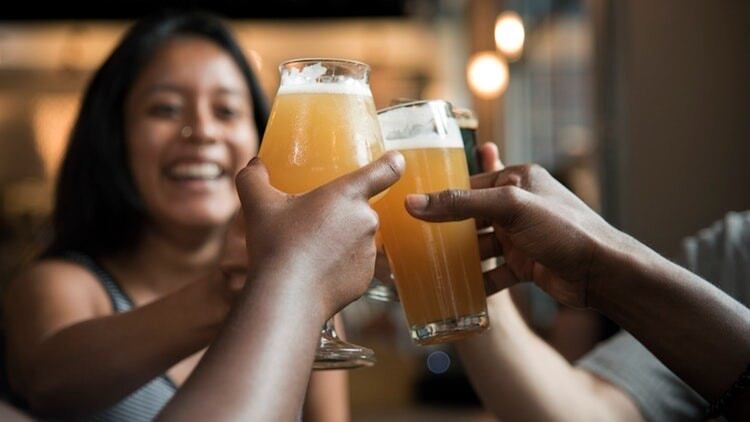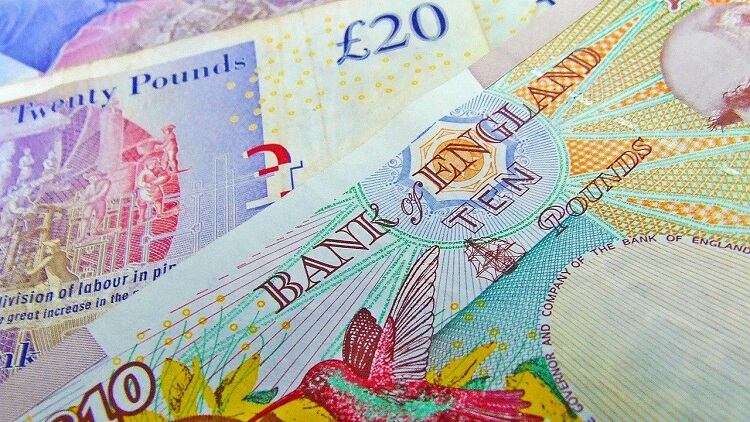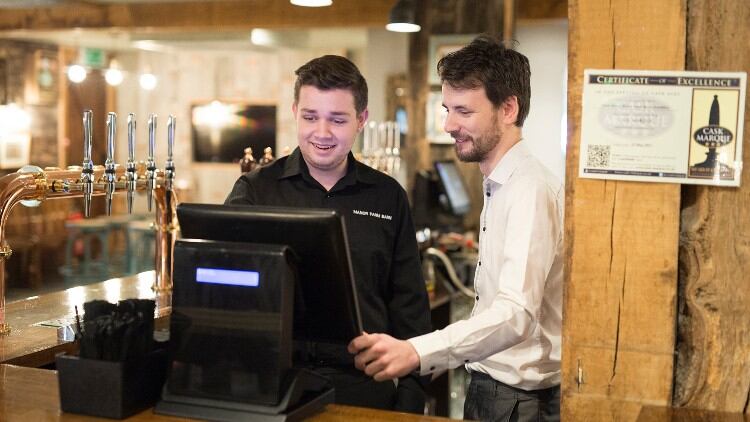Pub trade associations have responded to these numbers with cautious optimism and said the majority of smaller pubs are still struggling to make ends meet.
Last year saw an increase of 85 small pubs and bars – defined as those with fewer than 10 employees – against years of closures, representing a 0.4% growth.
The overall number of pubs and bars in the UK increased by 315 (a 0.8% increase) between 2018 and 2019, the first increase for a decade.
This uptick was paired with a boost in employment figures, with 7,000 more jobs in the sector in 2019 compared to 2018, an increase of 1.6%.
Campaign for Real Ale national chairman Nik Antona cautiously welcomed the news but urged the Government to help smaller businesses facing pressure from taxes and other costs.
Loss of benefits
He said: “Unfortunately, pubs continue to close across the country, particularly in small or rural communities. This means the loss of the social, cultural and economic benefits that come with a well-run local.”
The organisation believes a review of the business rates system and a lower rate of tax on beer sold in pubs are necessary to help these smaller pubs.
Antona added: “To ensure pubs survive and thrive, they need a fair tax system and stability going forward.
“We urge that these asks are reflected in the forthcoming Budget to help save the great British pub.”
The ONS report – entitled Economies Of Ale: Changes In The UK Pubs And Bars Sector 2001-2019 – also highlighted that larger companies now employ more people to serve food than to work behind the bar.
Food focus
Three out of 10 people employed by pub and bar enterprises were employed as bar staff, in comparison to four in 10 in 2003.
This was reflective of a long-term change in consumer preferences, with people spending more of their household income on eating out and less on drinking out.
The sector’s real turnover was at its highest level since the end of the 2008 financial crisis, in 2017, at £23.3bn, the latest year of data available. ONS said there had been a 3.8% increase of £847m on 2016.
The British Beer & Pub Association (BBPA) said its own data has always shown a higher total number of pubs in the UK, and has shown higher net closure rates for the past five years.
It is soon to release its own data on the number of pubs for 2019 and said that publication would confirm if there has been any growth in the number of pubs versus 2018.
A BBPA spokesperson added: “In the meantime, policy makers have a great opportunity in the March Budget to help pubs flourish by easing the significant tax pressures they face from beer duty and business rates.”




